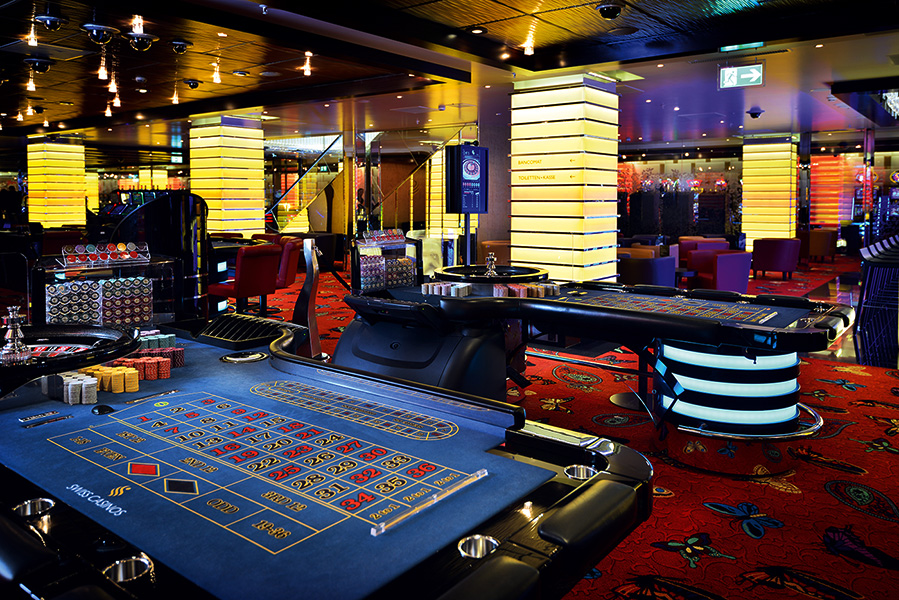
Casino games have long captivated people’s attention, drawing gamblers into a world filled with chance, planning, and the allure of thrill. Each activity is painstakingly crafted not just for entertainment, but also to evoke particular emotional responses that keep players engaged and invested. Understanding the drives behind these designs reveals much about how behavioral psychology plays a crucial role in the gaming experience.
From the dazzling lights and vibrant sounds to the intricate layering of systems and rewards, casino games are designed to create an atmosphere of anticipation and anticipation. Game designers leverage psychological principles to influence participant behavior, whether through the use of winning opportunities, near-miss scenarios, or community engagement. By examining these factors, we can better appreciate how casino games fulfill not just a want for entertainment, but deeper psychological needs for adventure and hazard.
Comprehending Player Actions
Casino games are engineered with a deep grasp of player psyche, which is crucial for attracting and retaining players. The rush of the game, coupled with the anticipation of winning, produces a formidable allure. Game designers make use of elements like sonic elements, colorful graphics, and captivating gameplay to engage attention and elicit emotional responses. These sensory experiences enhance the immersive experience, making players feel more attached in the game.
Another notable aspect of player behavior is the concept of risk versus reward. Casino games often weigh high-risk scenarios with the potential for substantial rewards, which can lead to the event known as near-miss effect. When players come near to winning, the brain produces dopamine, strengthening their behavior and encouraging them to persist playing in search of that hard-to-reach win. This cycle of wish and disappointment plays a crucial role in how games are designed and promoted.
Lastly, social elements also play a critical role in player behavior at casinos. Many games are made to be played in teams or in company with other players, creating a sense of togetherness and shared experience. The social interaction inherent in games like baccarat enhances enjoyment and can result in longer play sessions. Designers leverage on this by creating environments that encourage players to linger, socialize, and revisit, making the overall casino experience more attractive.
The Role of Imagery and Audio
Imagery and audio play a significant role in elevating the gambler’s experience within gambling games. Designers utilize bold colors, eye-catching graphics, and captivating animations to attract players’ attention and hold their interest. The use of motifs, such as adventure or opulence, helps create an immersive atmosphere that takes players into another world. By appealing to the senses, these elements add to a heightened emotional response, prompting players to engage more profoundly with the games.
Audio design is just as important in reinforcing the experience of gambling games. The combination of background music, sound effects for successful combinations, and ambient noises creates an auditory landscape that holds players enthralled. Audio cues associated with wins, such as chiming bells or festive music, evoke feelings of thrill and satisfaction, prompting players to keep playing. These audio cues are carefully placed to enhance the excitement of the game and create a more engaging experience.
Additionally, the synchronization of visuals and sound is important for reinforcing the game’s overall theme and mood. Each element should align seamlessly to create a cohesive experience that draws players in. The effective use of this synergy not only improves user satisfaction but also boosts the chances of repeat play, as players become more invested in the immersive world that the casino games offer. This thoughtful combination of imagery and audio ultimately enhances player engagement and loyalty.
Reward Structures and Participation
The development of gambling games heavily relies on incentive structures to ensure participants engaged and returning for more. These structures are rooted in behavioral principles that take advantage of human nature and motivation. Players are often motivated by the thrill of success, which is reinforced by immediate feedback through the game structure’s design. This prompt satisfaction not only improves the overall experience but also fosters a feeling of achievement, prompting participants to continue participating in hopes of bigger gains.
Casinos utilize various reward structures, including jackpots, extra rewards, and multipliers, to captivate players. These features create a level of excitement that sustains engagement. Additionally, the unpredictability of results plays a significant role in sustaining attention. The variable reward system, where wins are unpredictable but happen often enough, keeps participants on edge and driven to keep playing. This cycle of hope and anticipation is essential to the success of casino games.
Moreover, community aspects, such as competitive events and multiplayer features, boost the participation factor by tapping into the competitive nature of players. f168.fit The communal aspect of playing with fellow participants can intensify the excitement of success and create a community atmosphere within the casino. By combining these social dynamics with effective incentive structures, gambling experiences not only offer fun but also foster a deeper bond among players, reinforcing their loyalty to the overall experience.
